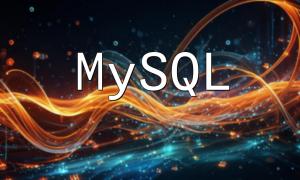Introduction: In modern software development, rapid iteration is key to improving development efficiency and responding to market demands. Microservices architecture achieves flexible development and scaling by breaking down applications into independent services. This article will explore how to use microservices architecture to achieve rapid iteration of PHP features and provide related code examples to help developers get started quickly.
Microservices architecture is a design pattern that breaks applications into small services, with each service responsible for a single business function. These services can be developed, deployed, and scaled independently. Microservices communicate with each other through APIs and support different programming languages and technology stacks. PHP developers can use RESTful APIs to implement communication between microservices.
When implementing microservices architecture, the first step is to break down the existing application into functional modules. Here are some key steps:
Analyze the business logic of the application and identify functional modules that can be isolated as independent services.
Each microservice should focus on a single business function, with minimal dependencies and coupling between services. Clear service boundaries will enhance the system's maintainability and scalability.
Microservices need to communicate with each other through APIs. A common approach is to use RESTful APIs to define communication protocols between services, ensuring efficient and simple data exchange.
There are many frameworks in PHP that help developers build microservices. For example, Lumen and Slim are lightweight frameworks, and Guzzle is a popular HTTP client library that makes it easy to call other microservices.
To create a simple microservice in Lumen, you can use the following code:
$router = app('router');$router->get('/users', function () { // Return the user list});$router->get('/users/{id}', function ($id) { // Return user information by id});$app->run();Guzzle makes it easy to call other microservices. Below is a simple example that shows how to make a request to the user service using Guzzle:
$client = new GuzzleHttpClient();$response = $client->request('GET', 'http://user-service/users');$users = json_decode($response->getBody());foreach ($users as $user) { // Process each user}Microservices architecture supports distributed deployment. Each microservice can be packaged and deployed independently. Containerization technologies such as Docker are often used to simplify deployment and ensure elastic scaling capabilities.
With microservices architecture, developers can achieve rapid iteration of PHP features. Breaking down services and using APIs for communication allows for more flexible development, deployment, and scaling. This article introduces the basic concepts and code examples for implementing microservices in PHP, helping developers improve the efficiency of their PHP application development and maintenance.









